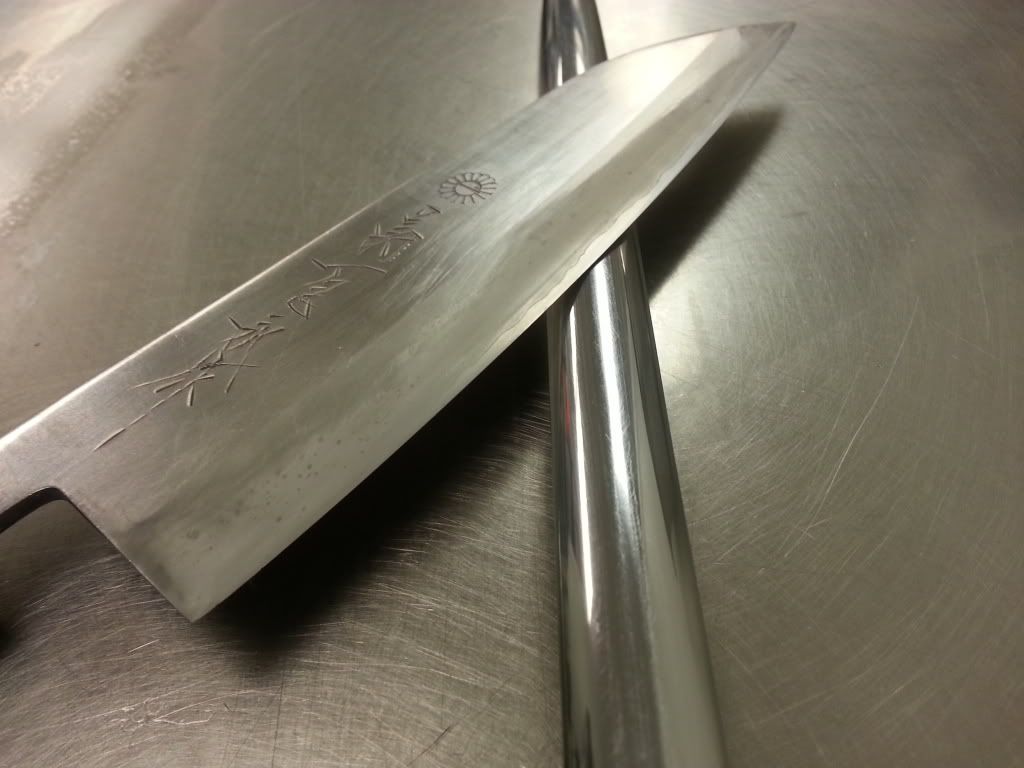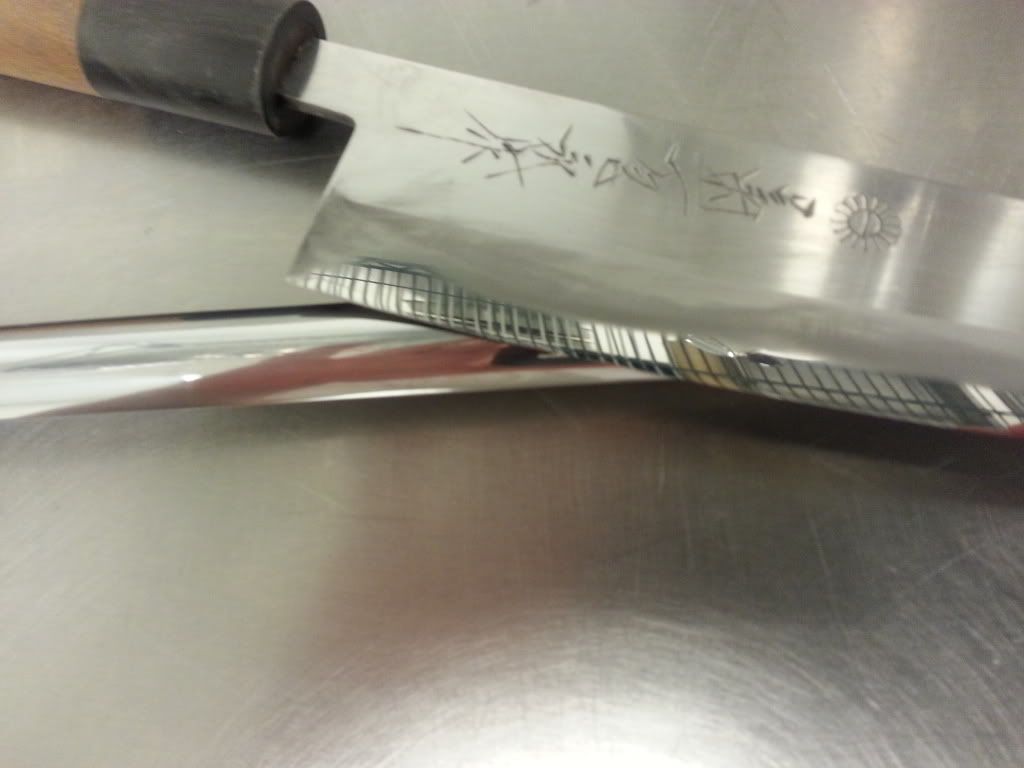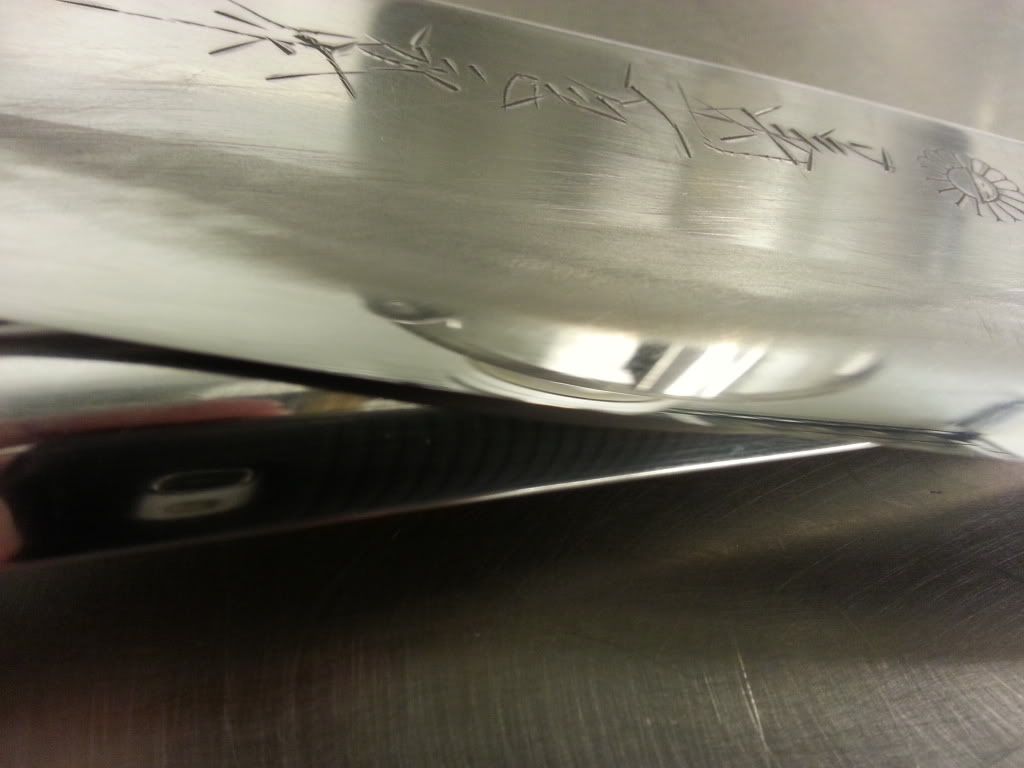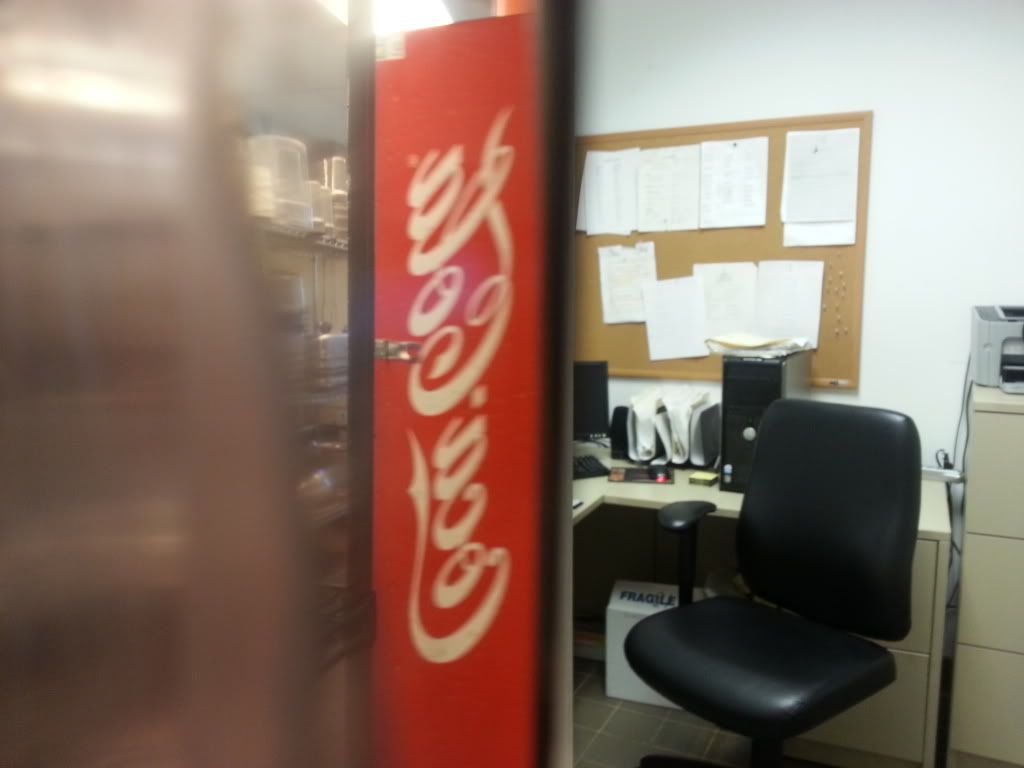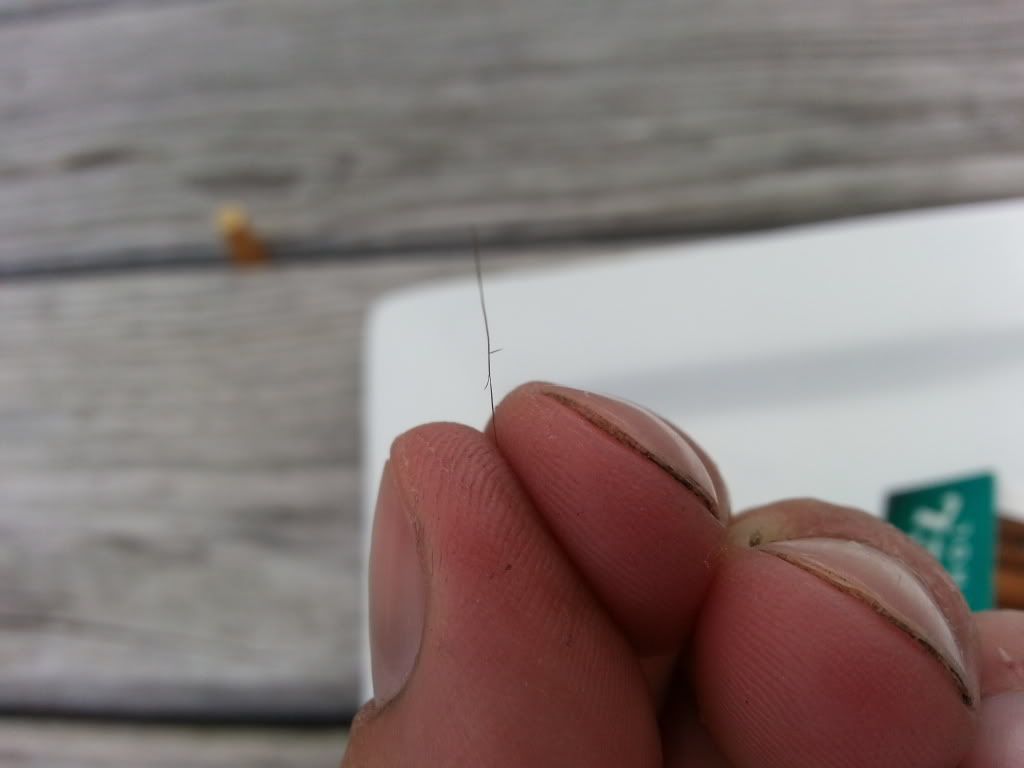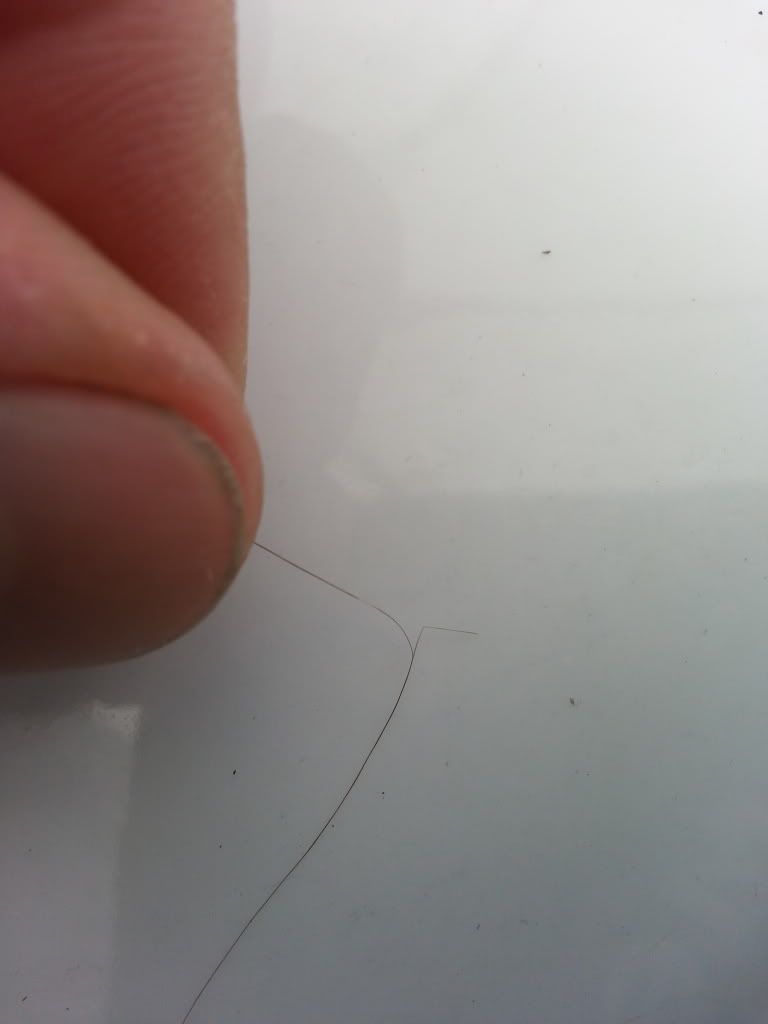Just wondering what everyone is using to put an edge on your blades?
I currently use a low end lansky, but I was thinking about a warthog sharpener (worried about quality). Im now thinking of a wicked edge or higher end lansky kit or even a 1 X 30 belt sander. I would like to handle everything for a 2" case to a 10" chef knife.
Get yourself a couple or few
GOOD quality wet [whet] stones, to do it right. They don't "need" to be Japanese to get good results. I have been sharpening knives since I was 5 or 6 with wet stones varying in size from [WxLxTh] 1"x3"x1/2", up to 5"x12"x2", and I have never removed a fingertip.
I sharpen all of my edged things with wet stones without motors: Pocket/sheath/jkitchen knives, hatchet/ax, drawknife/spokeshave, adz and chizels, and everything in between. I currently use seven stones, depending on what I am sharpening.
The most important thing is consistency-
ALWAYS stroke an even angle, and
ALWAYS stroke an equal amount of times on each side of the blade. Except serrated. If you use serated blades, you need to sharpen each seration seperately from the sloped side, then finish off by stroking the flat side of the blade across a stone to de-burr it. I have seen a
LOT of nice serrated blades ruined by using various stick sharpeners, like the Lansky, and I have earned a
LOT of money fixing those blades when those nice serrated cutting blades turn into bread knives... Crock stickes and jewlers files work for sharpening the individual serations.
I don't like the diamond srahpeners because they eventually loose the diamond dust that is imbedded in the polymer base. Diamond sharpeners
really need to be used with water, and flowing water makes them work best, and last longer. I wore out two high-end diamond 'stones' in less than two years, while I have real stones that are over 40 years old, and probably have another 100 years use in them.
If you start with oil as your medium,
ALWAYS use oil, and if you start with water,
ALWAYS use water You can store the stones in a Mason Jar or plastic snap-top container, and they are always ready to use. Water has one distinct advantage- if you are in the middle of no-where, you almost always have some sort of "water" handy; spit or urine will work in a pinch.
I use oil, always have, always will, because I started that way. Over 50 years I have used every oil that I thought might be better than the last, and I almost never saw any better results with those expensive honing oils [Buck, for insytance...]. For the past 15 years or so, I have been using Marvel Mystery oil on all my wet stones.
Get yourself a Black Arkansas, a White Arkansas, a fine, a medium, and a course stone from a reputable business, like a Wood Working Supply house,and ask one of the 'Old Timers' to give you a little instruction in sharpening, and you will never fail.

